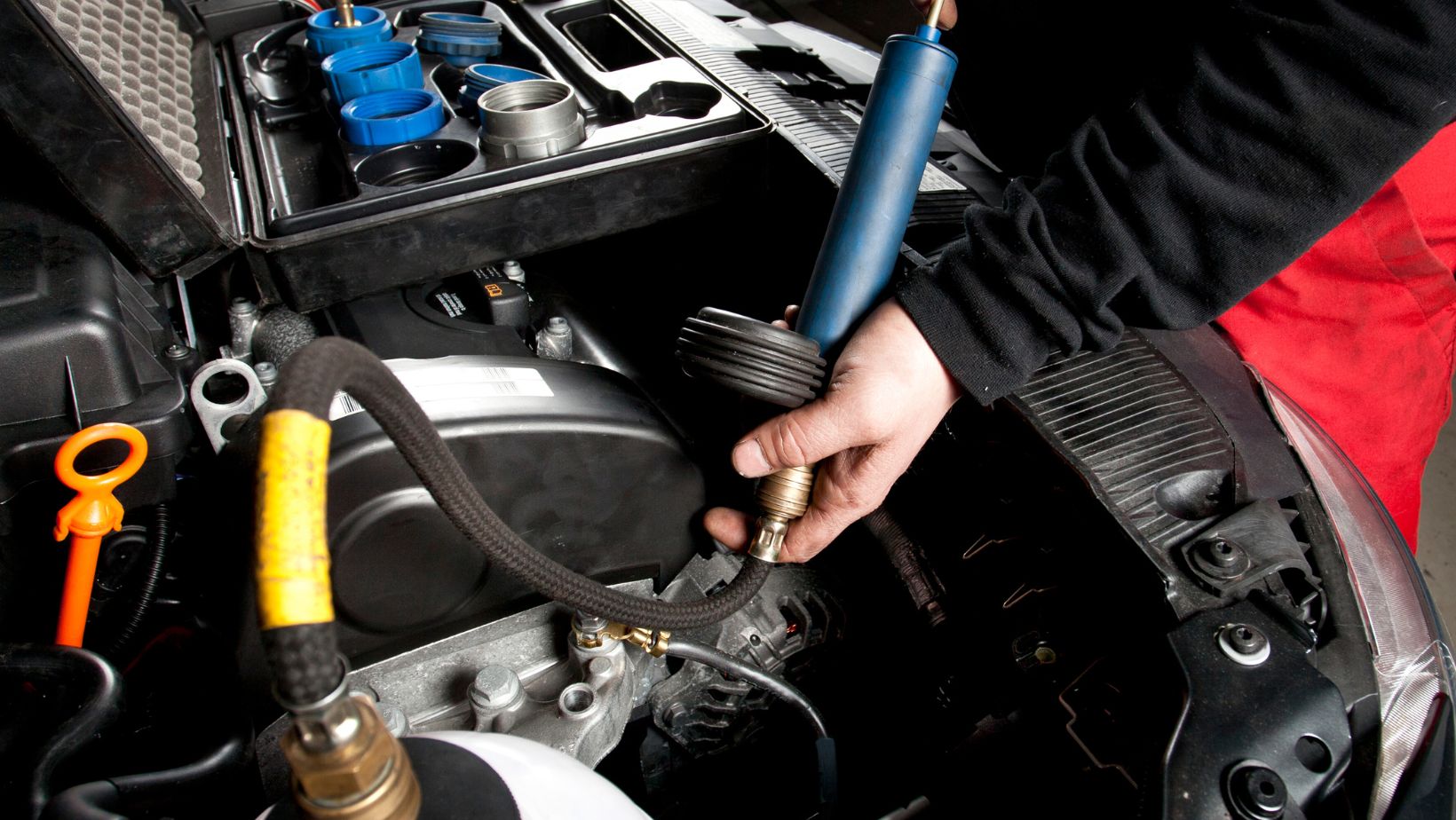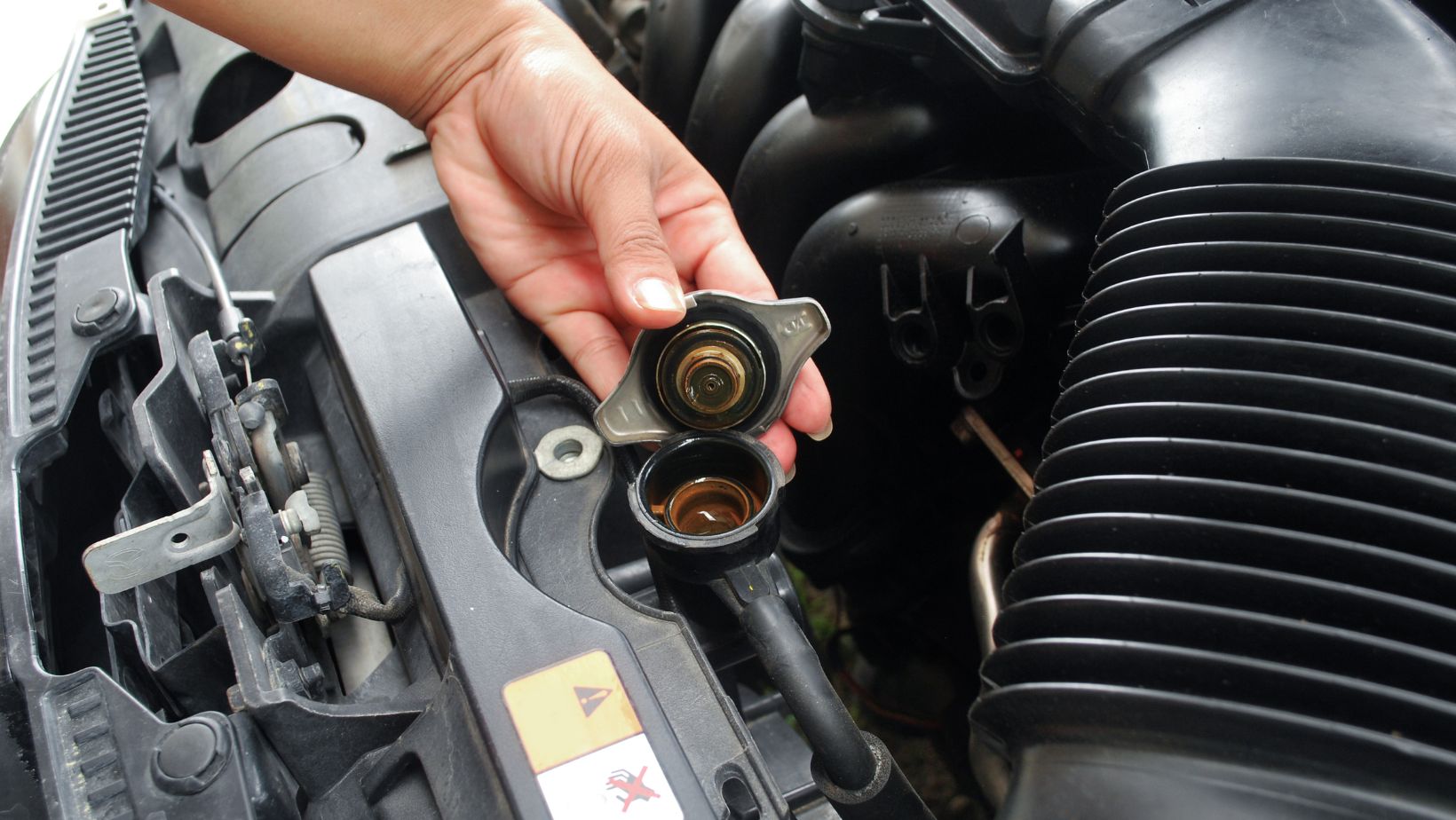
How Long to Wait For Engine to Cool Down Before Adding Coolant
Wondering how long you should wait for your engine to cool down before adding coolant? It’s a common question among car owners, and the answer can vary depending on a few factors. Generally, it’s best to allow your engine to cool for at least 30 minutes before adding coolant. This time allows the engine temperature to drop significantly and reduces the risk of injury or damage.
The cooling period is crucial because adding coolant to a hot engine can be dangerous. Hot coolant under pressure can cause severe burns if it comes into contact with your skin. Additionally, pouring cold coolant into a hot engine can cause thermal shock and potentially damage the engine block or other components.
Waiting for the engine to cool down also ensures that any steam or vapor inside has dissipated. This makes it easier and safer to access the coolant reservoir without encountering high-pressure releases or sudden bursts of steam. Remember, safety should always be a priority when working with vehicle maintenance tasks like adding coolant.
The Importance of Allowing the Engine to Cool Down
The Optimal Cool Down Period
When it comes to adding coolant to your engine, it’s essential to allow the engine enough time to cool down. But how long should you wait? Well, the optimal cool down period can vary depending on several factors such as the type of engine, ambient temperature, and recent driving conditions.
As a general rule of thumb, it’s recommended to wait at least 15-30 minutes for the engine to cool down before adding coolant. This allows the internal components of the engine to dissipate heat naturally and reach a safe temperature for maintenance. However, keep in mind that this timeframe may need adjustment based on specific manufacturer recommendations or guidelines outlined in your vehicle’s owner manual.
Preventing Engine Damage
Allowing your engine sufficient time to cool down before adding coolant is crucial for preventing potential damage. Engines operate at extremely high temperatures, and abruptly introducing cold coolant into a hot engine can lead to thermal shock. This sudden change in temperature can cause stress on various components like gaskets, cylinder heads, or even cracks in the engine block.
By patiently waiting for the engine to cool down before adding coolant, you minimize the risk of damaging these critical parts. It’s always better to err on the side of caution and give your engine ample time for proper cooling.

Signs Your Engine Needs to Cool Down
When it comes to your engine’s health, it’s important to pay attention to the signs that indicate it needs time to cool down. Ignoring these signals could lead to serious damage and costly repairs. In this section, I will outline some common signs that your engine requires a cooldown period:
- Overheating warning light: Modern vehicles are equipped with an overheating warning light on the dashboard. If this light illuminates or flashes, it’s a clear indication that your engine is running hot and needs immediate attention.
- Steam or smoke from under the hood: Seeing steam or smoke billowing out from under the hood is another obvious sign of an overheated engine. This indicates that coolant is boiling inside and cannot effectively regulate the temperature.
- Unusual smells: A strong odor of burning rubber, coolant, or oil can indicate an overheated engine. These smells should not be ignored and require investigation before further damage occurs.
- Loss of power or poor performance: An overheated engine may experience a loss of power or reduced performance due to decreased efficiency. If you notice sluggish acceleration or difficulty maintaining speed, it’s time for a cooldown.
- Elevated temperature gauge: Most vehicles have a temperature gauge on the dashboard indicating the current coolant temperature. If you observe the needle rising into the red zone or above normal levels, it’s crucial to allow your engine to cool down before proceeding.
Remember, these signs should never be ignored as they can lead to severe engine damage if left unaddressed. It’s always best practice to pull over safely and give your vehicle sufficient time to cool down before adding coolant or attempting any repairs.
In conclusion, being aware of these signs will help you identify when your engine needs a cooldown period. Taking prompt action can prevent further damage and extend the lifespan of your vehicle’s engine.


















